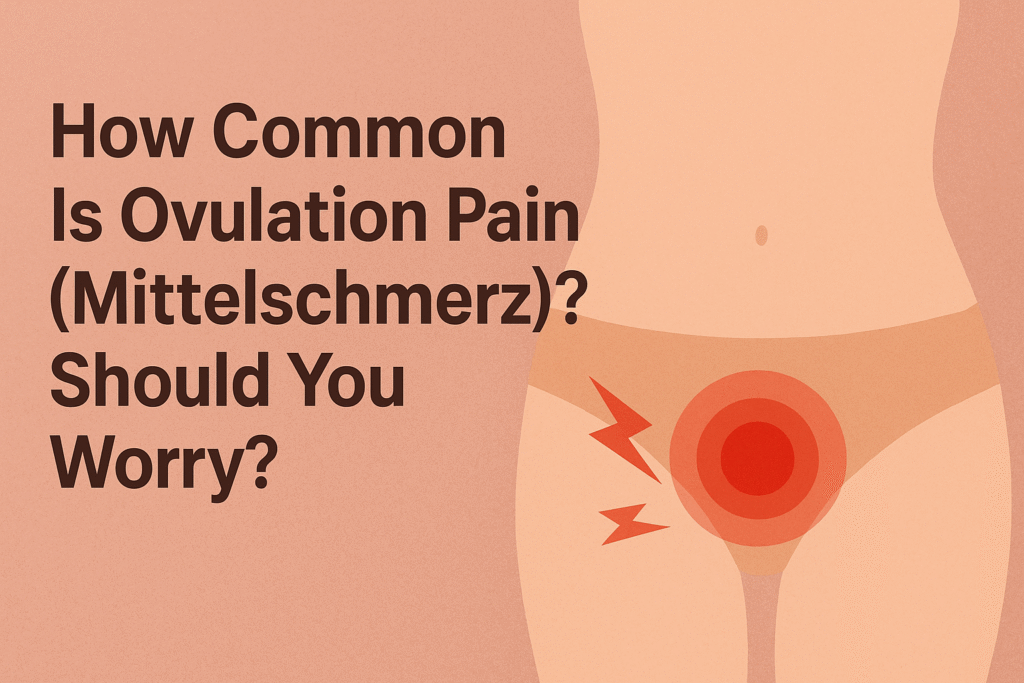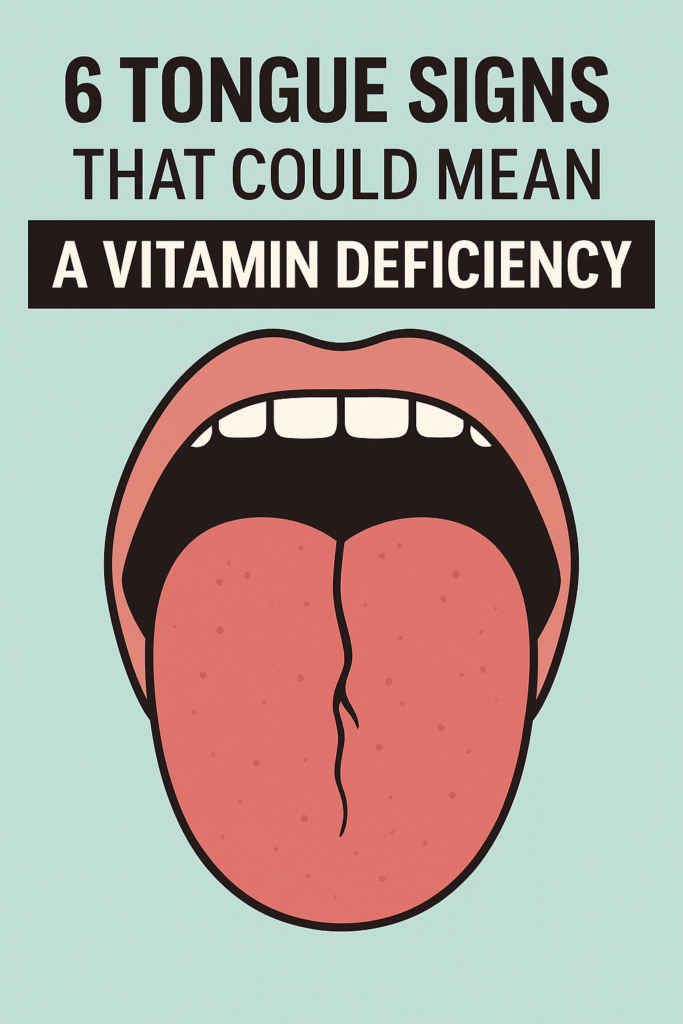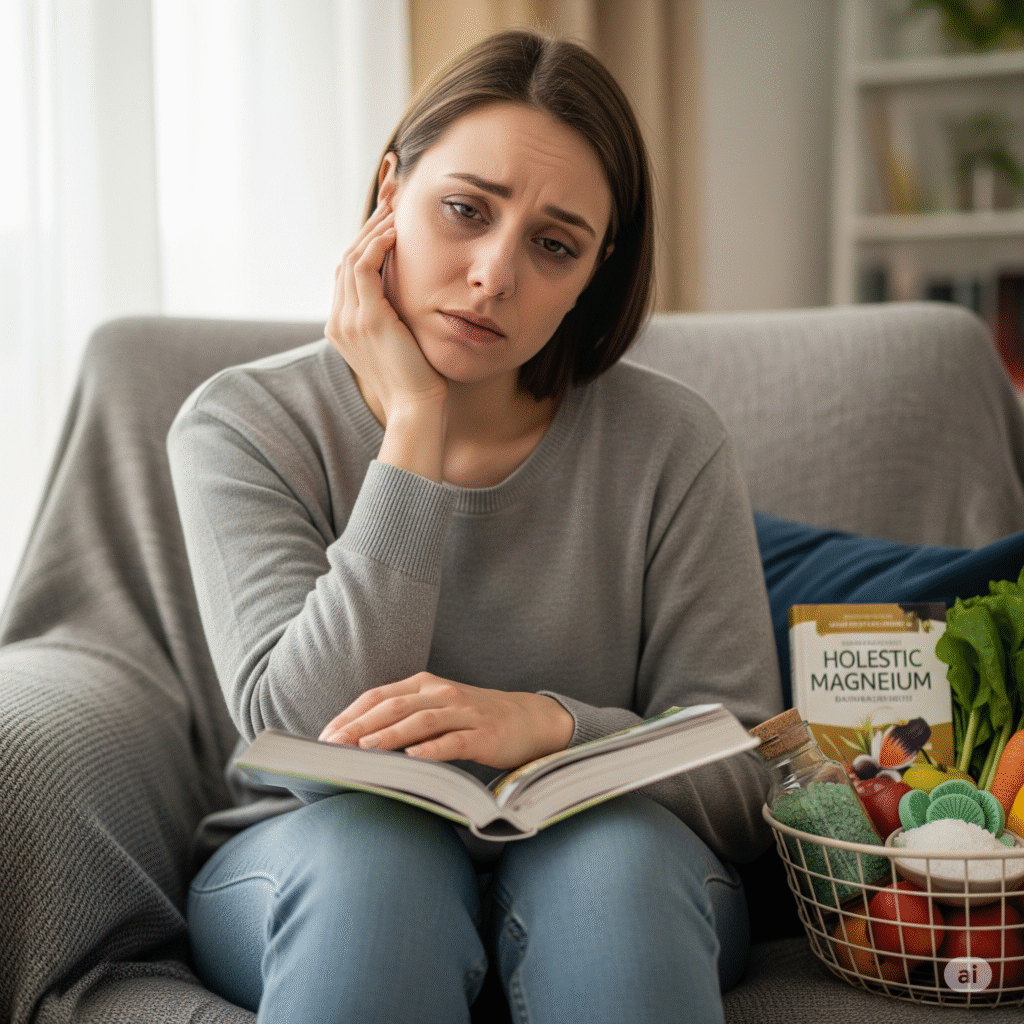
⚠️ Affiliate Disclaimer: This post may contain affiliate links, which means I may earn a small commission — at no extra cost to you — if you make a purchase through one of these links. I only recommend products or services I genuinely trust and believe can provide value. Thank you for supporting My Medical Muse!
How Common Is Ovulation Pain (Mittelschmerz)? 7 Shocking Facts Every Woman Must Know
How Common Is Ovulation Pain (Mittelschmerz)? Should You Worry?
Ovulation is a routine part of the menstrual cycle, yet for many women it doesn’t pass unnoticed. Around mid-cycle, some experience a sudden, localized discomfort in the lower abdomen, a sensation known as mittelschmerz. The term, derived from German for “middle pain,” refers to the temporary ache or sharp twinge that occurs when an ovary releases an egg.
Unlike menstrual cramps, ovulation pain typically strikes unexpectedly, often on just one side of the pelvis, and it may last anywhere from a few minutes to a day or two. If you’ve ever felt a cramp that seemed out of place, not tied to your period but happening halfway through your cycle, you may have been feeling ovulation itself.
So, how common is mittelschmerz? Is it simply a normal byproduct of ovulation, or a sign that something’s wrong? In this guide, we’ll explore the research on ovulation pain, explain what it feels like, outline its causes, and clarify when it’s harmless and when it warrants medical attention.
What Exactly Is Mittelschmerz?
Mittelschmerz is the medical term for the pelvic pain some women experience during ovulation, the process when an ovary releases a mature egg. While most people associate pain with menstruation, ovulation itself can also create noticeable physical sensations.
What makes mittelschmerz unique is its timing, location, duration, and character:
- Timing: It usually occurs in the middle of the menstrual cycle, about 10 to 16 days before the next period begins. This is the fertile window when ovulation takes place.
- Location: The pain is typically felt on one side of the lower abdomen, depending on which ovary is releasing the egg. Some women notice that the side alternates from cycle to cycle.
- Duration: For many, the discomfort lasts only a few minutes or hours. In some cases, it can persist for up to 24-48 hours.
- Sensation: The intensity and quality vary widely. Some women describe a dull, pulling ache, while others report a sharp, stabbing cramp.
For some, ovulation pain is so mild it passes almost unnoticed. For others, it’s strong enough to interrupt daily activities or even mimic other conditions.
How Common Is Ovulation Pain?
The simple answer, ovulation pain is common, but not universal.
- Studies suggest that up to 40% of women of reproductive age experience mittelschmerz at some point.
- Among those who do, some feel it almost every cycle, while others only notice it occasionally.
- It tends to be reported most frequently by women in their 20s and 30s, though it can happen at any age during the reproductive years.
In other words, if you’ve felt that mid-cycle cramp, you’re not alone, but if you’ve never experienced it, that’s completely normal too.
Why Do Some Women Get Mittelschmerz While Others Don’t?
Doctors don’t have a single, definitive answer. Instead, research suggests that multiple factors contribute to whether or not ovulation pain is noticeable:
- Hormonal Sensitivity: Shifts in estrogen and luteinizing hormone around ovulation may heighten pelvic sensitivity in some women.
- Follicle Size: Larger ovarian follicles (the sacs containing eggs) may cause more stretching before they rupture, leading to stronger sensations.
- Pain Threshold: Individual differences in nerve sensitivity and perception of pain can influence whether ovulation is felt.
- Minor Ovarian Changes: Small ovarian cysts or variations in ovulation may make the process more uncomfortable for some.
The key takeaway, not feeling mittelschmerz doesn’t mean you’re not ovulating. It simply means your body isn’t translating ovulation into pain signals strong enough for you to notice.
What Causes Mittelschmerz?
The exact cause of ovulation pain isn’t fully understood, but doctors believe it results from a combination of physiological changes that happen as the ovary prepares to release an egg. Several theories help explain why mittelschmerz occurs:
1. Follicle Rupture
Each month, one ovarian follicle matures and enlarges until it releases an egg. This process stretches the ovary’s surface. When the follicle finally ruptures, the sudden break in the tissue can cause a brief, sharp pain.
2. Fluid or Blood Irritation
When the follicle bursts, it doesn’t just release the egg. Small amounts of fluid and sometimes blood may also escape into the pelvic cavity. This fluid can irritate the surrounding abdominal lining (the peritoneum) and nearby tissues, producing pain or discomfort.
3. Muscular Contractions
After the egg is released, the fallopian tube contracts slightly to help guide the egg into place. These rhythmic contractions, along with subtle movements of the ovary, may contribute to cramp-like sensations similar to menstrual pain.
4. Increased Sensitivity During Ovulation
Hormonal changes, especially the surge in luteinizing hormone (LH) and estrogen, may heighten nerve sensitivity in the pelvic region. This makes some women more aware of the otherwise subtle physical events happening inside the ovary.
Most likely, ovulation pain doesn’t have a single cause but is the result of these factors working together.
What Does Ovulation Pain Feel Like?
Mittelschmerz doesn’t feel the same for everyone. For some, it’s a faint, passing twinge, for others it’s intense enough to interrupt daily routines. The way it feels can vary from cycle to cycle and even from one side of the body to the other.
Common descriptions include:
- A dull ache low in the abdomen
- A sharp, stabbing pain on one side of the pelvis
- A sensation of pressure, heaviness, or pulling
- Mild cramps that resemble menstrual pain but are usually shorter and less severe
Patterns of ovulation pain:
- It often switches sides from month to month, depending on which ovary is releasing the egg.
- Most women find it lasts from a few minutes up to 24 hours, though in some cases it may continue for as long as 48 hours.
- It may be accompanied by light spotting or an increase in clear, stretchy cervical mucus, both signs that ovulation is occurring.
For women who are tracking their fertility, these symptoms can be a helpful natural clue that they’re in their fertile window. However, because ovulation pain can mimic other conditions, it’s important not to rely on it alone for cycle tracking or contraception.
Should You Worry About Mittelschmerz?
For most women, the answer is no, ovulation pain is generally a harmless and temporary part of the menstrual cycle. It’s simply a byproduct of the ovary releasing an egg and does not indicate that something is wrong with your reproductive health.
That said, there are times when it’s important to pay closer attention.
When Ovulation Pain Is Normal
You can usually consider mittelschmerz a normal experience if:
- The pain is mild and short-lived, lasting anywhere from a few minutes to a day.
- It occurs predictably around mid-cycle, not during your period or at random times.
- It resolves on its own without treatment or with simple comfort measures like rest or a heating pad.
In these cases, ovulation pain is simply a sign that your body is functioning as expected.
When to See a Doctor
While mittelschmerz itself is harmless, not all pelvic pain is due to ovulation. You should seek medical advice if you notice:
- Severe or worsening pain that limits your daily activities.
- Pain that lasts longer than 2 days.
- Pain accompanied by fever, nausea, vomiting, or dizziness.
- Heavy vaginal bleeding outside of your normal menstrual period.
- Pain that feels different from your usual cycle pattern or occurs at unexpected times.
Other Conditions That Can Mimic Ovulation Pain
Sometimes mid-cycle pain may be mistaken for mittelschmerz when it is actually caused by another underlying issue, such as:
- Ovarian cysts: fluid-filled sacs that can cause sharp or persistent pain.
- Endometriosis: a condition where uterine tissue grows outside the uterus, often leading to chronic pelvic pain.
- Pelvic Inflammatory Disease (PID): an infection of the reproductive organs that requires medical treatment.
- Appendicitis: inflammation of the appendix, which typically causes sudden, severe pain on the right side.
- Ectopic pregnancy: a potentially life-threatening condition where a fertilized egg implants outside the uterus.
Because these conditions can overlap in symptoms, it’s always best to err on the side of caution. If your mid-cycle pain feels intense, unusual, or different from what you’ve experienced before, consult a healthcare provider.
Mittelschmerz on its own is not a cause for worry. But persistent, severe, or unusual pelvic pain should never be ignored, it’s your body’s way of telling you something deserves closer attention.
How to Relieve Ovulation Pain
For most women, mittelschmerz is mild and passes quickly. But if mid-cycle pain is uncomfortable or disruptive, there are simple strategies that can help ease the discomfort:
1. Over-the-Counter Pain Relief
Nonsteroidal anti-inflammatory drugs (NSAIDs), such as ibuprofen or naproxen, can reduce inflammation and dull pain. These are often most effective if taken at the first sign of discomfort.
2. Heat Therapy
A warm compress, heating pad, or hot water bottle placed on the lower abdomen helps relax muscles and increase blood flow, which can quickly ease cramping sensations.
3. Stay Hydrated
Drinking enough water throughout the day helps prevent bloating and can reduce the intensity of abdominal cramps. Adding electrolyte-rich fluids may also help if you’re prone to fluid retention.
4. Gentle Movement
While lying still may feel tempting, light physical activity such as walking, stretching, or yoga can actually help relax the pelvic muscles and release endorphins, the body’s natural pain relievers.
5. Hormonal Birth Control
For women with severe or recurring ovulation pain, doctors may recommend hormonal contraceptives such as the pill, patch, or hormonal IUD. By suppressing ovulation, these methods typically eliminate mittelschmerz altogether. Keeping a symptom journal (noting when the pain occurs, how long it lasts, and its intensity) can help you identify patterns and discuss treatment options more effectively with your doctor.
Can Mittelschmerz Affect Fertility?
The reassuring answer is no, ovulation pain does not cause infertility. In fact, for some women, it can serve as a useful natural clue that ovulation is occurring.
- If you’re trying to conceive: Recognizing mid-cycle pain, especially when paired with other fertility indicators such as changes in cervical mucus or basal body temperature, can help you better identify your fertile window. This can improve your chances of timing intercourse for conception.
- If you’re avoiding pregnancy: Remember that ovulation pain signals you are in your fertile phase. If you’re not planning to get pregnant, it’s important to use contraception during this time.
Mittelschmerz itself doesn’t interfere with fertility. Instead, it can act as a natural, though not perfectly reliable, indicator of your most fertile days.
Lifestyle Factors That May Influence Ovulation Pain
Research on mittelschmerz is still limited, but many women notice that certain lifestyle factors affect how strongly they feel ovulation pain. While you can’t prevent the biological process of ovulation itself, adopting healthy habits may reduce how noticeable or uncomfortable it becomes.
- Diet & Inflammation: A diet rich in anti-inflammatory foods such as leafy greens, colorful vegetables, whole grains, fatty fish (like salmon or mackerel), nuts, and seeds, may help ease ovulation pain. On the other hand, highly processed foods, excess sugar, and trans fats can promote inflammation and make pain more intense.
- Exercise: Regular moderate physical activity improves blood flow, regulates hormones, and releases natural pain-relieving endorphins. Activities like yoga, walking, swimming, or cycling may help reduce ovulation pain over time.
- Stress Management: High stress levels can heighten pain perception. Incorporating stress-reduction techniques such as meditation, journaling, deep breathing, or even short breaks during the day can make a noticeable difference in how your body experiences discomfort.
- Hydration & Electrolytes: Proper hydration keeps tissues supple and supports smooth muscle function, while electrolytes like magnesium and potassium help reduce cramping. Herbal teas, coconut water, or mineral-rich foods (like bananas and leafy greens) may be especially beneficial.
While lifestyle changes can ease discomfort, they won’t completely eliminate mittelschmerz. If your pain is persistent or severe, it’s important to consult a healthcare professional.
Frequently Asked Questions (FAQs)
1. How do I know if it’s ovulation pain or something more serious?
Timing is the best clue. Mittelschmerz usually happens mid-cycle and resolves within 1-2 days. If the pain is sudden, severe, lasts longer than a couple of days, or comes with symptoms like fever, heavy bleeding, or nausea, seek medical care to rule out other causes.
2. Does ovulation pain mean I’m extra fertile?
Not exactly. Ovulation pain is simply a sign that your body is releasing an egg. Fertility depends on several factors, including egg quality, sperm health, hormone balance, and reproductive system function.
3. Can mittelschmerz switch sides every month?
Yes. The ovaries usually take turns releasing eggs, so the pain may alternate from one side of the lower abdomen to the other. However, it’s not always perfectly alternating, sometimes one ovary may release eggs for several cycles in a row.
4. Why do I get pain some months but not others?
This can depend on factors like hormone fluctuations, the size of the follicle that releases the egg, stress levels, and even whether small amounts of fluid or blood irritate the pelvic lining. It’s normal for ovulation pain to be inconsistent.
5. Can I prevent ovulation pain altogether?
The only reliable way to prevent mittelschmerz is by stopping ovulation, usually through hormonal contraception (such as the pill, patch, or hormonal IUD). For women who prefer not to use hormones, lifestyle approaches and simple remedies (like heat therapy and hydration) can help manage symptoms, but won’t eliminate them completely.
Key Takeaways
- Ovulation pain (mittelschmerz) is common, affecting up to 4 in 10 women during their reproductive years.
- It typically presents as a mild ache, twinge, or cramp in the lower abdomen around the middle of the cycle.
- In most cases, mittelschmerz is harmless and short-lived, disappearing within a day or two.
- See a doctor if the pain is unusually severe, lasts longer than 48 hours, or comes with other symptoms such as fever, nausea, or heavy bleeding.
- Simple remedies, including NSAIDs, heat therapy, hydration, and gentle movement can help relieve discomfort.
- Mittelschmerz does not negatively impact fertility, for some women, it even provides a natural clue that ovulation is taking place.
Final Thoughts
Ovulation pain, or mittelschmerz, may sound alarming, but for most women, it’s simply another reminder of the body’s natural rhythm. While some cycles pass unnoticed, others may bring a brief twinge that signals the release of an egg. For many, it’s more of an occasional inconvenience than a serious health issue.
That said, it’s important to listen to your body. Mild, predictable pain in the middle of your cycle is usually nothing to worry about but if the pain is intense, persistent, or accompanied by unusual symptoms, it deserves medical evaluation to rule out other conditions.
Ultimately, understanding mittelschmerz can empower you to feel more in tune with your cycle, whether you’re using it as a fertility signal, or simply acknowledging it as a natural part of ovulation. Recognizing and respecting these signs helps you take charge of your reproductive health.
Your cycle is unique to you and paying attention to its patterns is one of the simplest, most powerful ways to care for your body.
👩⚕️ Need Personalized Health Advice?
Get expert guidance tailored to your unique health concerns through MuseCare Consult. Our licensed doctors are here to help you understand your symptoms, medications, and lab results—confidentially and affordably.
👉 Book a MuseCare Consult NowOther Related Blog Post For You:
- Birth Control Pill and Low Libido: 7 Surprising Facts Every Woman Should Know
- 8 Powerful Reasons Why Am I Getting UTIs All the Time Despite Good Hygiene
- Stopped Breastfeeding and Can’t Sleep? 7 Proven Ways to Beat Hormonal Rebound Insomnia
- Preventive Screenings for Women’s Health: 10 Essential Tests to Stay Healthy at Every Age
- 12 Early Warning Signs of Thyroid Issues in Women Over 35 You Need to Know


